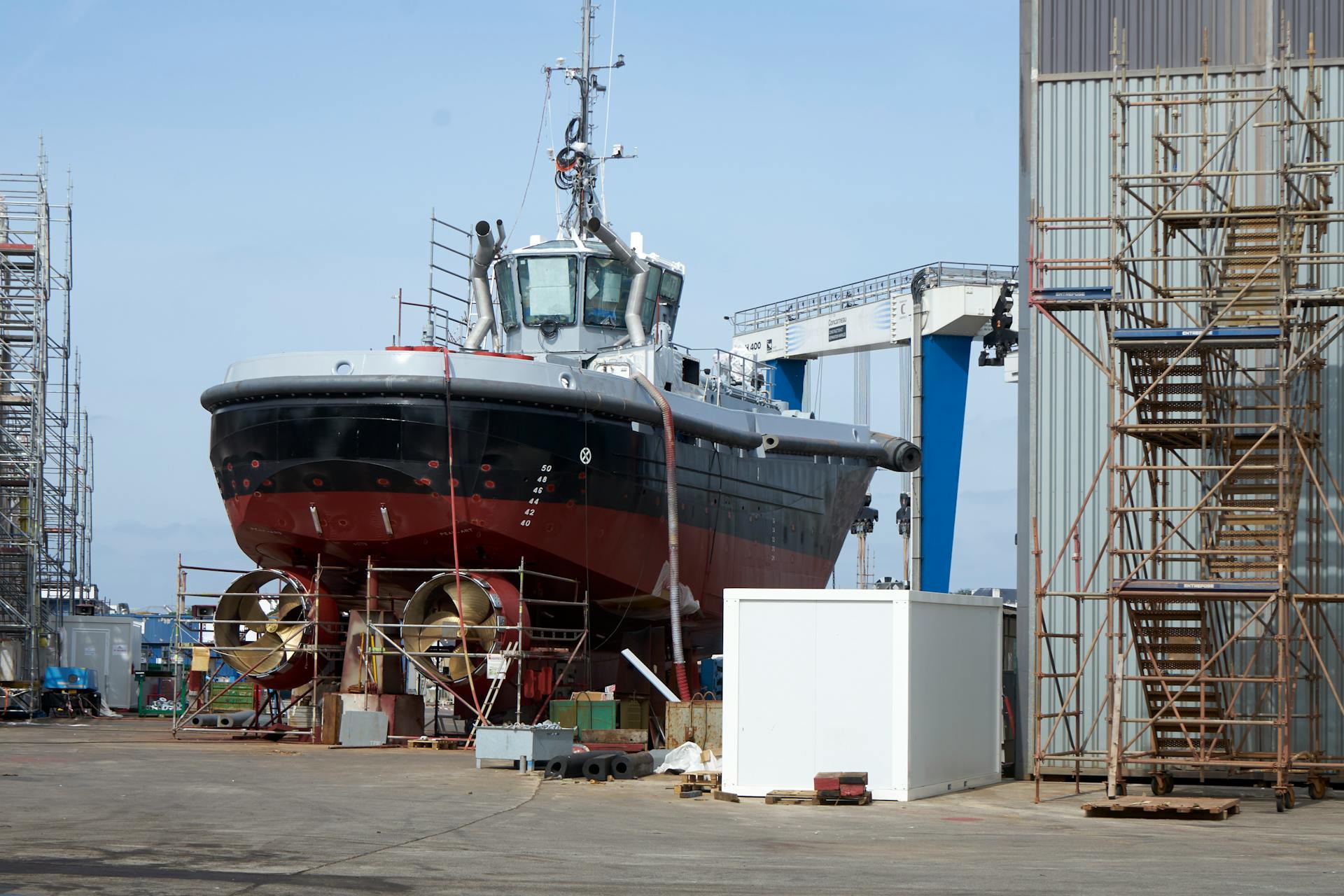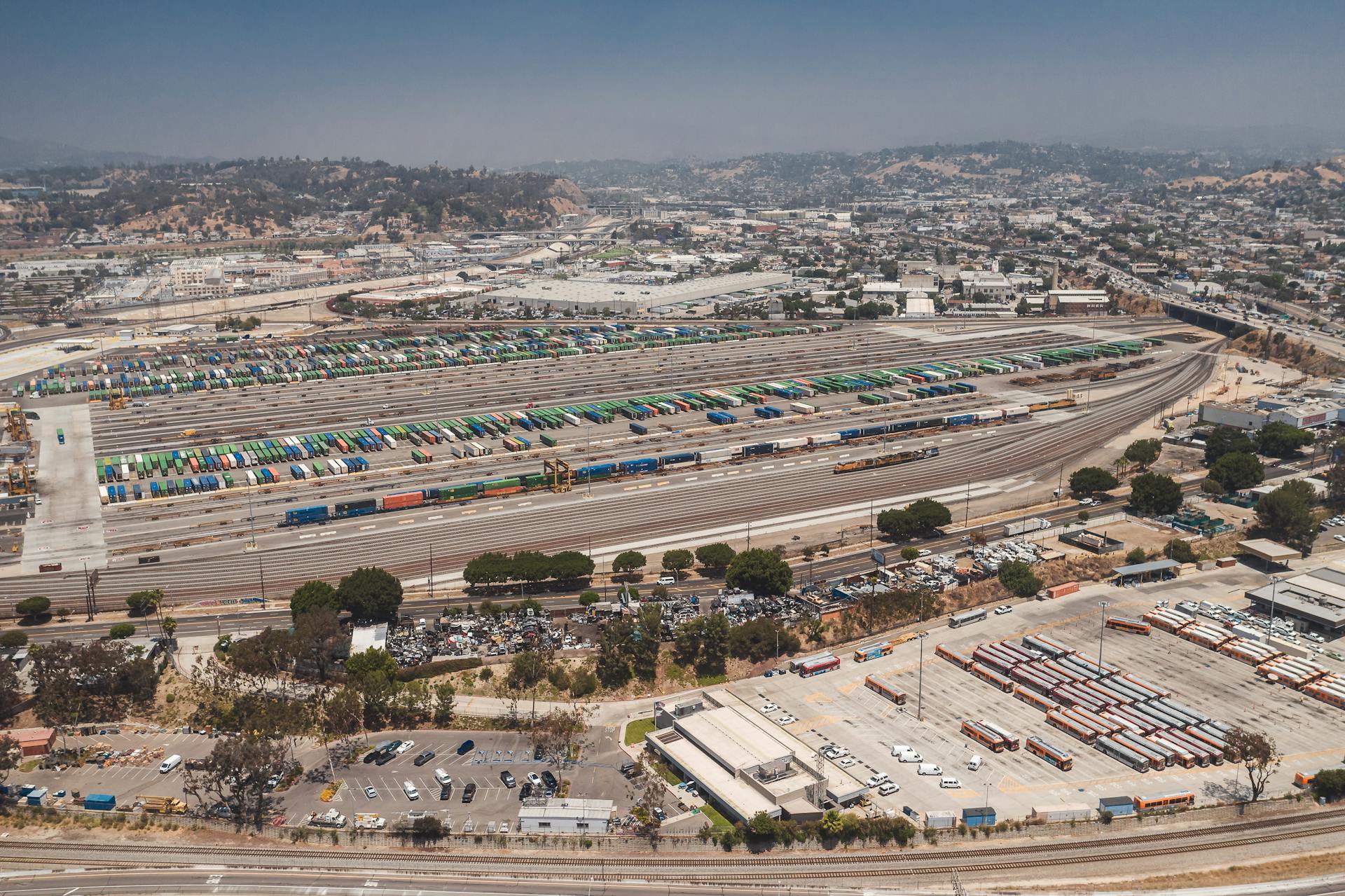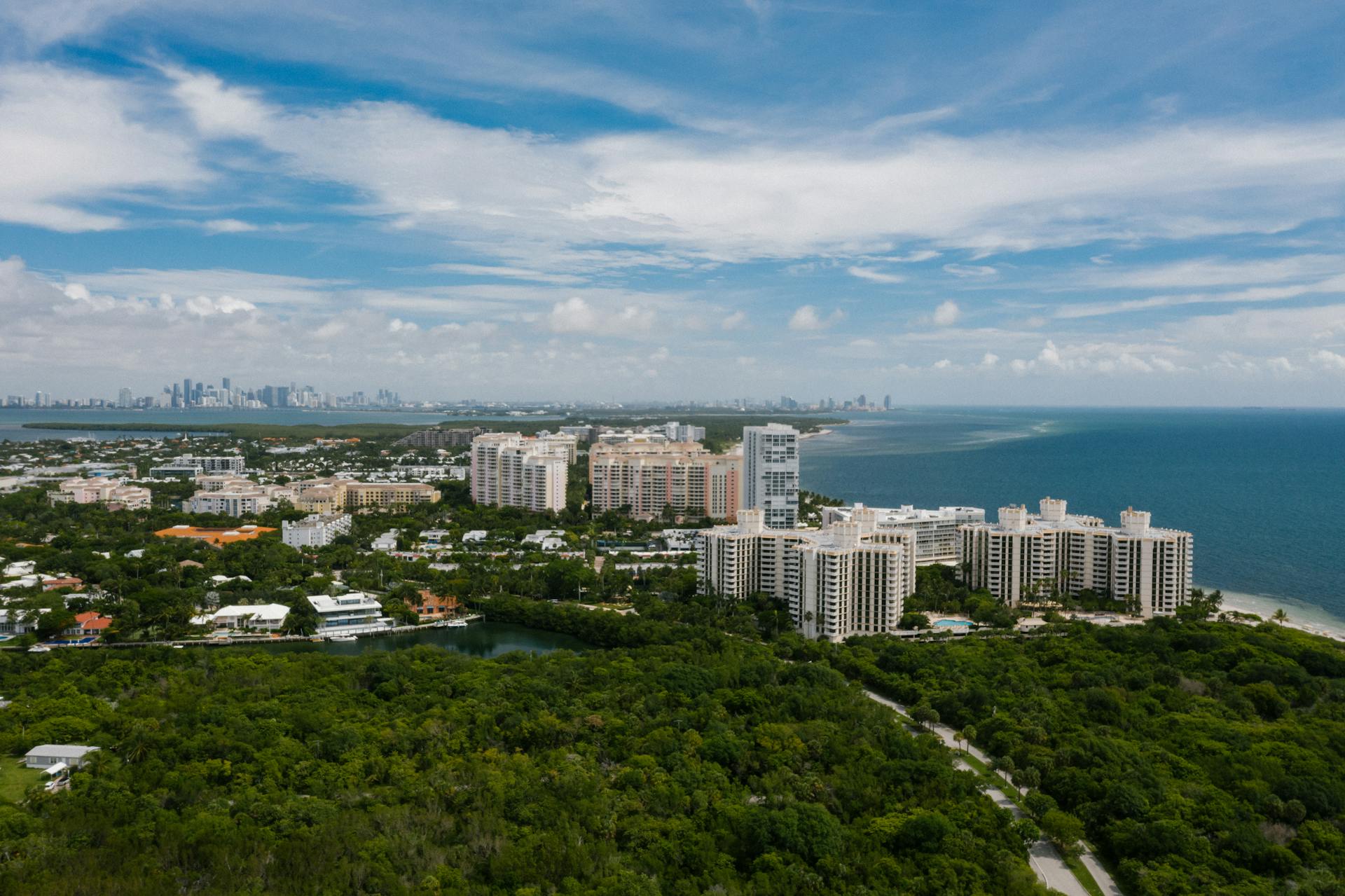
Masulipatnam, a historic city in the state of Andhra Pradesh, India, is a treasure trove of rich cultural heritage and architectural marvels.
This ancient port city was a major trading hub between the 14th and 17th centuries, attracting merchants from all over the world.
Masulipatnam's strategic location on the Coromandel Coast made it an ideal spot for trade, with the city's merchants exchanging goods such as textiles, spices, and precious stones.
The city's rich history is reflected in its stunning architecture, with many ancient temples and mosques still standing today.
History
Masulipatnam has a rich history dating back to the 3rd century BCE, when it was known as Maisolos. It was a major port city on the Coromandel Coast of India, where the River Krishna meets the Bay of Bengal.
The town was a significant center for trade, with muslin being one of its main exports. In fact, the word "muslin" originated from the name Maisolos. Roman traders were particularly fond of muslin, and several Roman coins were found during excavations of Buddhist towns near Machilipatnam.
By the 16th century, Masulipatnam had become a major trade hub under the Golconda Sultanate, with textiles, pearls, and spices being its main exports. The town was also an important center for Buddhist learning during the Satavahana period.
Here are some key events in Masulipatnam's history:
- Kakatiya Dynasty (12th–14th Century): Masulipatnam was an important seaport for the Kakatiya rulers.
- Golconda Sultanate (16th–17th Century): The Golconda rulers controlled Masulipatnam and made it a major trade hub.
- European Colonization (17th–18th Century): Dutch East India Company established the first factory in 1605, and the British East India Company set up a factory in 1611.
The town's importance declined after the Anglo-French rivalry and British dominance, and by the end of the 17th century, Masulipatnam had fallen into decline. However, it still has a rich cultural heritage, with the Kuchipudi dance form originating from nearby Kuchipudi village, and the famous Buddhist stupa at Ghantasala located near Machilīpatnam.
Geography
Machilipatnam city is located on the southeast coast of India and in the east coast of Andhra Pradesh.
The city has a relatively low elevation of 14 meters (45 feet) above sea level.
Machilipatnam is situated at 16°10′N81°08′E, a specific geographical coordinate that can be used to locate the city on a map.
Here's a brief overview of the city's population growth over the years:
Geographical Area
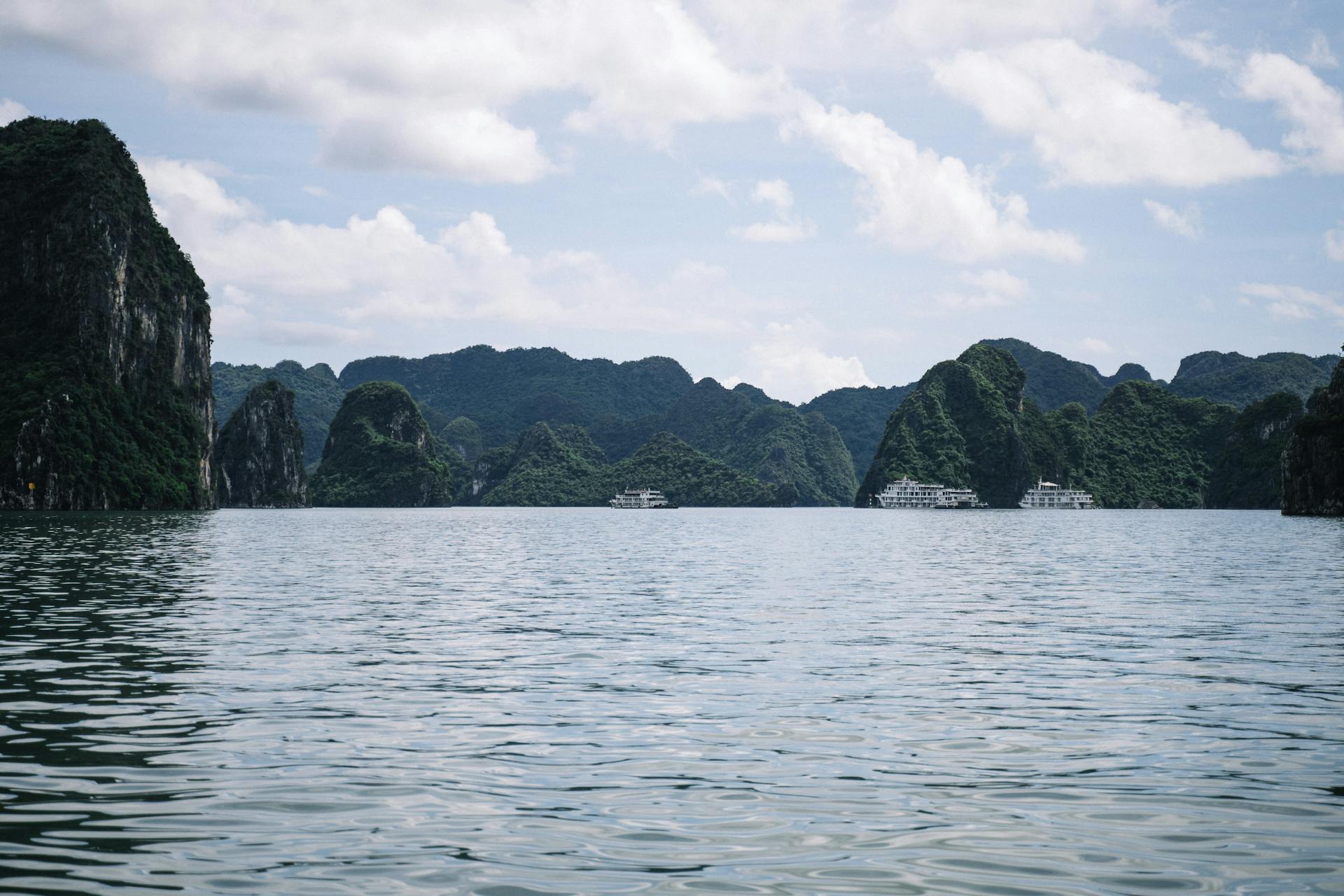
Machilipatnam city is located on the southeast coast of India, specifically on the east coast of Andhra Pradesh.
The city has a relatively flat elevation, averaging 14 meters (45 feet) above sea level.
Here's a breakdown of the city's geographical location:
The city's geographical area has been relatively stable over the years, with no significant changes mentioned in the available data.
Transport
Machilipatnam has a total road length of 359.09 km.
The city is connected to Pune via Hyderabad, Suryapet, and Vijayawada through National Highway 65.
Machilipatnam's bus station is owned and operated by the Andhra Pradesh State Road Transport Corporation.
It has a bus depot for storage and maintenance of buses.
Machilipatnam railway station is a 'B–Category' and 'Adarsh station' under the Vijayawada railway division.
The nearest international airport is Gannavaram, Vijayawada, which is 63 kms away.
The city has a railway station that is the terminal station of the Vijayawada-Machilipatnam branch line.
Machilipatnam port was damaged by a giant ocean wave on 1 November 1864.
A new deep water port is being built at Gilakaladinne of the city by Navayuga Engineering Company Limited.
Administration
Masulipatnam's administration is a unique blend of traditional and modern systems. The city is governed by the Municipal Corporation of Machilipatnam, which was established in 1994.
The corporation is headed by a Commissioner, who is responsible for implementing the city's development plans. The Commissioner is assisted by a team of officials who oversee various departments, including revenue, public health, and engineering.
The city has a total of 45 wards, each represented by a Corporator who is elected by the local residents. The Corporators play a crucial role in the city's administration, as they are responsible for addressing the concerns of their constituents and working with the Corporation to improve the city's infrastructure and services.
Civic Administration
The civic administration in Machilipatnam is handled by the Machilipatnam Municipal Corporation, which was established as a municipality in 1866.
The corporation was upgraded to a special grade municipality on December 9, 2015, and now covers an area of 26.67 km under its jurisdiction.
The current commissioner of the corporation is Sampath, and the municipal chairperson is Motamarri Venkata Baba Prasad.
The Machilipatnam Urban Development Authority is responsible for urban planning in the area, and it's headquartered in Machilipatnam.
Here's a breakdown of the key officials in the Machilipatnam Municipal Corporation:
Connectivity
Connectivity in Machilipatnam is quite reliable, with many hotels and cafes offering free Wi-Fi.
Internet access works perfectly within the city limits, making it easy to stay connected. Mobile network connectivity is generally good here, and you can find reliable internet services in many public places.
Politics and Economy
Masulipatnam in India was a significant hub for trade and economy. The city's strategic location made it a key link in Indian Ocean trade with Persia, Arabia, and Southeast Asia.
One of the notable exports from Masulipatnam was spices and pearls. These valuable commodities were highly sought after by traders from across the region.
The city's artisans were renowned for their expertise in shipbuilding and maritime trade. Their skills played a crucial role in facilitating the exchange of goods and ideas between different cultures.
If this caught your attention, see: India–United Kingdom Free Trade Agreement
Politics
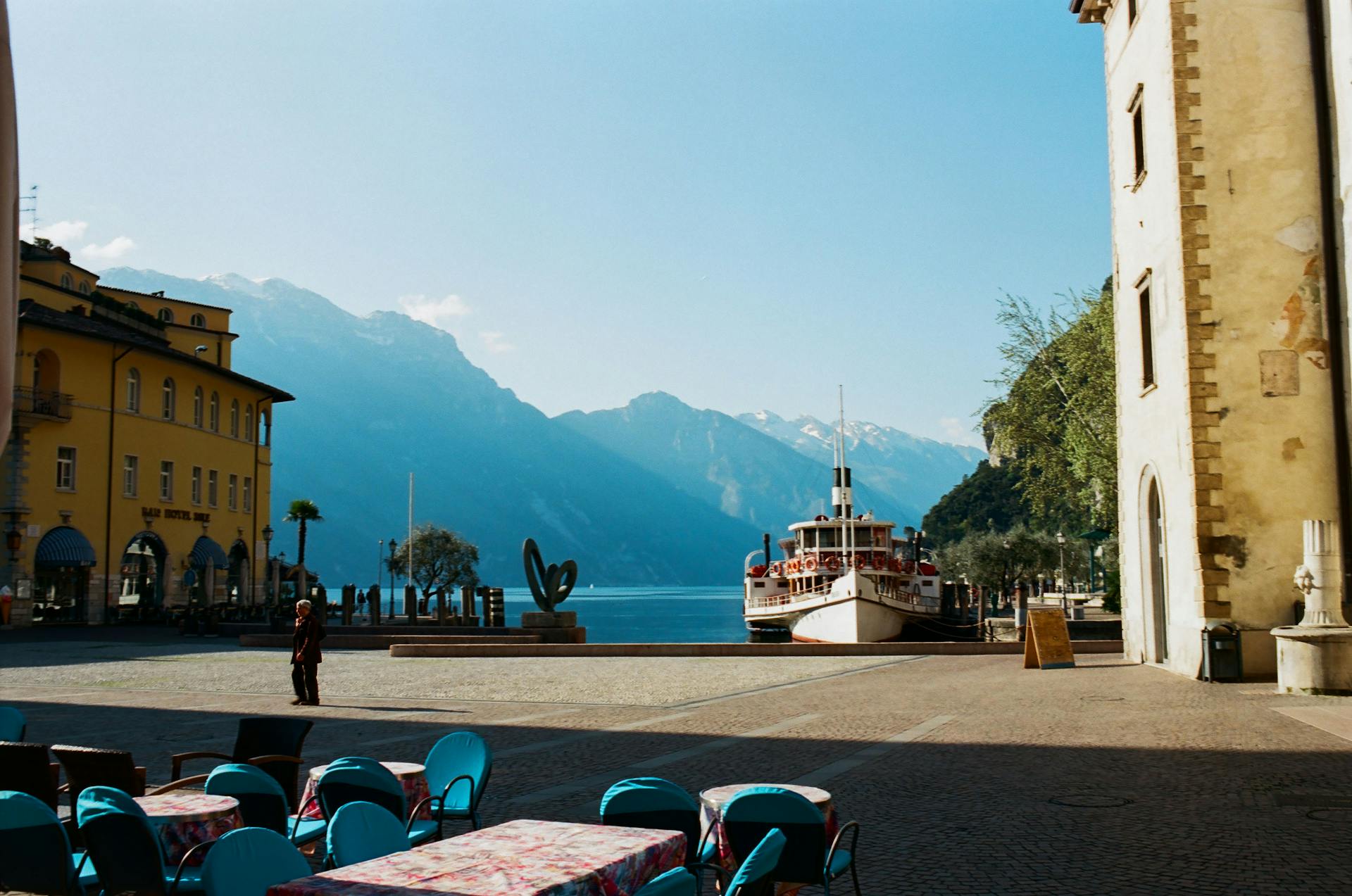
Machilipatnam is a part of the Machilipatnam (Assembly constituency) for the Andhra Pradesh Legislative Assembly.
Kollu Ravindra is the present MLA of the constituency from the Telugu Desam Party.
The assembly segment is also a part of Machilipatnam (Lok Sabha constituency), which was won by Balashowry Vallabhaneni of Janasena Party.
Economy
Machilipatnam has a thriving handloom industry that produces Kalamkari textiles, which are exported to the United States and other Asian countries.
The city's economy was once a major hub for trade, with the port being a key link in Indian Ocean trade with Persia, Arabia, and Southeast Asia.
Machilipatnam was also a significant center for shipbuilding and maritime trade.
Local industries such as boat building and fishing are still active today.
The city was known for minting copper coins and exporting diamonds, textiles, and other goods through its port.
The AP state government is taking measures to revive the city's economy, including the construction of a deep seaport and associated industrial corridor under the Machilipatnam Area Development Authority, which began construction on 7 February 2019.
Additional reading: ASEAN–India Free Trade Area
Language and Culture
Language and culture play a significant role in shaping the identity of Machilipatnam City. The main language spoken by the people of Machilipatnam is Telugu, but many also understand English and Hindi, especially in areas with a high tourist presence.
You can easily communicate with the locals in English, especially in places like hotels, restaurants, and shops catering to tourists. However, learning a few basic Telugu phrases can go a long way in showing respect for the culture and people.
Classical dances like Kuchupudi are an integral part of Andhra traditional practices in Machilipatnam. These dances are not just a form of entertainment but also a way to showcase the rich cultural heritage of the region.
Machilipatnam is known for its vibrant cultural events, which attract visitors from across the world. Here are some of the notable cultural events celebrated in Machilipatnam:
- Machilipatnam Kalamkari Utsav: A festival that honors the traditional art of Kalamkari, which involves hand-painting on textiles using natural dyes.
- Machilipatnam Beach Festival: An annual event that includes beach volleyball, sandcastle building competitions, and cultural performances.
- Sri Panduranga Swamy Brahmotsavam: A religious festival held at the Sri Panduranga Swamy Temple, which attracts thousands of devotees.
- Makara Sankranti: Celebrated in January to mark the transition of the sun into Capricorn, with kite flying competitions and feasts.
- Navaratri: A nine-day long Hindu festival that celebrates good over evil, marked by elaborate rituals at temples across Machilipatnam.
- Ugadi: Celebrated on Telugu New Year’s Day, involving traditional rituals like buying new clothes, preparing special dishes, and decorating homes with flowers.
- Krishna Janmashtami: Celebrates Lord Krishna’s birth anniversary with devotional songs, dance performances, and feasting on sweets.
Tourism and Travel
Machilipatnam has a beautiful beach on its coast, making it a great destination for those who love the ocean.
Manginapudi Beach is a must-visit spot, and it's easily accessible from the city.
The city also boasts of ruined buildings built by European settlers, offering a glimpse into its rich history.
Visiting Machilipatnam between October and March is ideal, as the weather is moderate and perfect for sightseeing.
Weather and Best Time to Visit
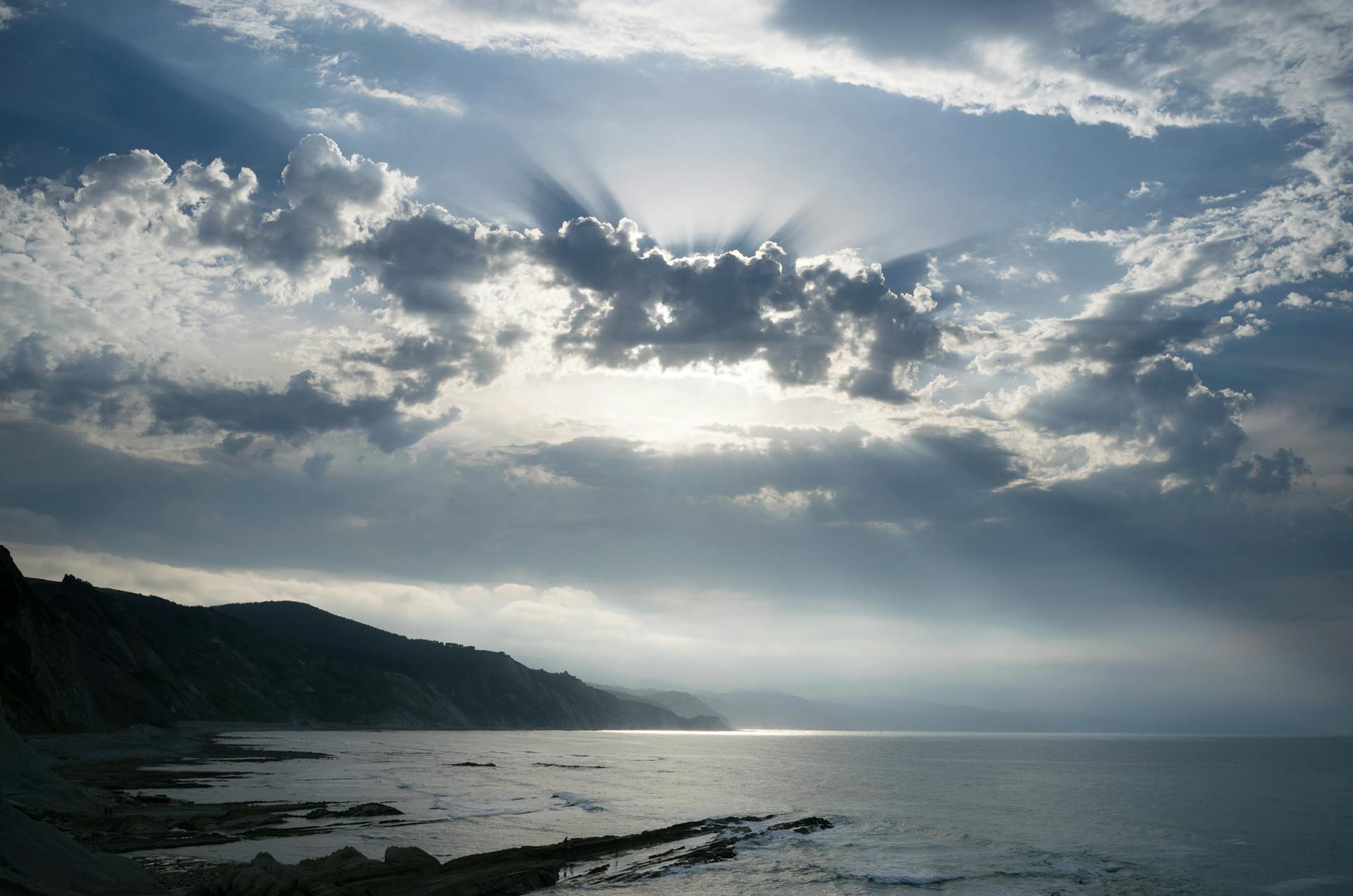
Machilipatnam has a tropical climate with hot summers, mild winters, and heavy monsoon rains.
Visiting between October-March is most preferable since the weather is moderate, making it great for sightseeing purposes.
Temperatures during this time range between 20°C-30°C, perfect for exploring the area without the extreme heat or rain.
The monsoon rains, although heavy, are a great time to experience the lush greenery and scenic views of Machilipatnam, but they can also make sightseeing challenging.
Tourism
Machilipatnam is a great destination for beach lovers, with Manginapudi Beach located right on its coast.
You can also explore the city's rich history by visiting the ruined buildings built by the Europeans who settled here.
One of the top attractions in Machilipatnam is its beautiful beach, perfect for a relaxing day in the sun.
The European ruins are a fascinating glimpse into the city's past, offering a unique perspective on its cultural heritage.
Transportation and Accessibility
Machilipatnam has a total road length of 359.09 km, making it easily accessible by road.
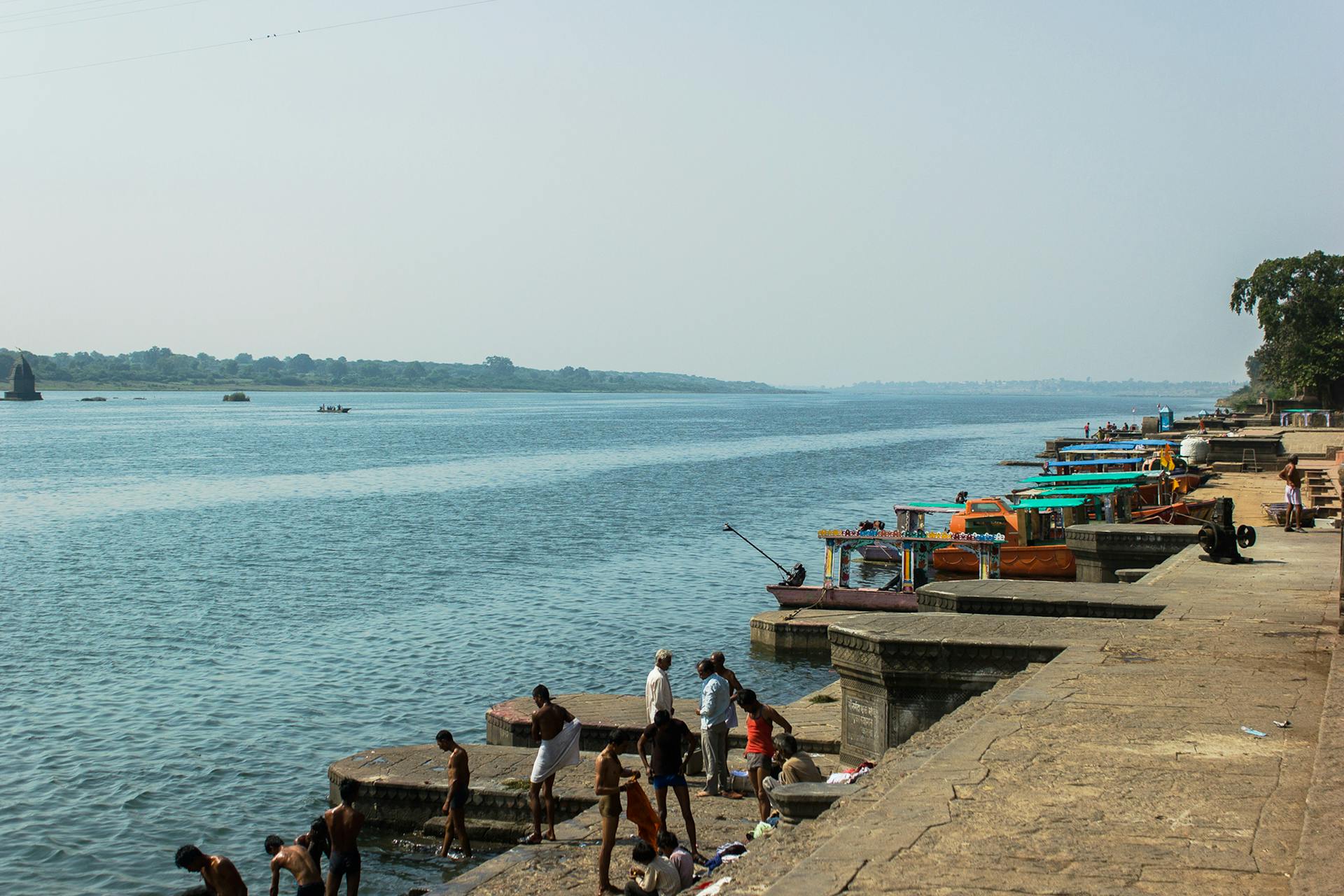
The city is connected to Pune via NH 65, which passes through Hyderabad, Suryapet, and Vijayawada.
The bus station is owned and operated by Andhra Pradesh State Road Transport Corporation, with a bus depot for storage and maintenance of buses.
Machilipatnam railway station is a 'B–Category' and 'Adarsh station' under the Vijayawada railway division, serving as the terminal station of the Vijayawada-Machilipatnam branch line.
The nearest International airport is Gannavaram, Vijayawada, located 63 kms away.
You can also reach Machilipatnam by train, with the nearest major railway station being Vijayawada Junction, which is nearly seventy kilometers away.
Cuisine
Machilipatnam's cuisine is a true delight, with a variety of sweet treats that are sure to satisfy your cravings. The city is well known for a sweet known as Bandar Laddu and Bandar Halwa.
You can find these sweet treats at local shops and markets. Almond Milkshake is also largely famous in Machilipatanam and can be found at Mostly centred in Koneru Centre.
Bandar Biryani is a must-try, made by Shia Muslims in Moharram rituals and is a delicious addition to the city's culinary scene.
Handicrafts and Art
Machilipatnam is a hub for traditional handicrafts and art, particularly Kalamkari, a handcrafted dyed block-painting of fabric that originated in the nearby town of Pedana.
Kalamkari fabrics are famous in Machilipatnam, where artisans create traditional art of hand-painted and block-printed cotton materials, often illustrating mythological stories and botanical patterns.
You can find these beautiful fabrics in the form of saris, dresses, and home interior designs at local markets and shops.
Kalamkari products are not just limited to fabrics; you can also buy indigenous jewelry and traditional Andhra toys as souvenirs.
Machilipatnam is also home to the origins of Kuchipudi, a popular Indian Classical Dance form, which originated at Kuchipudi, just 25 kilometers from Machilipatnam.
The Kalamkari style is unique to India, with Machilipatnam and Srikalahasti being the only existing Kalamkari style works present in the country.
Important Places
Masulipatnam in India is a treasure trove of historical and cultural significance. The city boasts a rich array of important places that are a must-visit for anyone interested in exploring its heritage.
Manginapudi Beach is one of the most popular attractions in the area, offering a serene escape from the hustle and bustle of city life. Its pristine shores and picturesque views make it an ideal spot for relaxation and recreation.
Dattashram is a significant spiritual site, attracting devotees from far and wide. This sacred place is steeped in history and offers a glimpse into the city's spiritual heritage.
Machilipatnam Fort is a testament to the city's rich history, with its imposing structure and strategic location. This ancient fort has witnessed many significant events and offers a fascinating glimpse into the city's past.
Venugopala Swamy Temple and Sri Panduranga Swamy Temple are two of the many temples in the area, each with its own unique charm and significance. These temples are a must-visit for anyone interested in exploring the city's spiritual side.
For art enthusiasts, the Kalamkari Art Museum and Craft Centre is a must-visit. This centre showcases the traditional art form of Kalamkari, which is a unique blend of art and craft.
Other notable places of interest include the Sai Baba Temple, Bandar Kota Lighthouse, Avanigadda Beach, and Pedana Someswara Swamy Temple. Each of these places offers a unique perspective on the city's history, culture, and natural beauty.
Here's a list of some of the important places to visit in Masulipatnam:
- Manginapudi Beach
- Dattashram
- Machilipatnam Fort
- Venugopala Swamy Temple
- Sri Panduranga Swamy Temple
- Sai Baba Temple
- Kalamkari Art Museum and Craft Centre
- Bandar Kota Lighthouse
- Avanigadda Beach
- Pedana Someswara Swamy Temple
Decline and Events
The decline of Masulipatnam was a gradual process that was influenced by various events. Aurangzeb's conquest in 1686 led to Mughal control, marking a significant shift in the region's politics.
Natural disasters like cyclones had a devastating impact on the city's trade. Cyclones were a recurring problem that affected the city's economy.
The British shifted their trade to Madras (Chennai), reducing Masulipatnam's importance in the region. This move weakened the city's commercial position.
Anglo-French wars further exacerbated the city's decline, making it harder for Masulipatnam to compete with other trading centers.
Frequently Asked Questions
Why is Masulipatnam famous for?
Masulipatnam is famous for its traditional Kalamkari textiles and paintings, created using natural vegetable dyes. This unique art form was a major attraction for Western traders in the 17th century.
Who was the ruler of Masulipatnam?
The ruler of Masulipatnam was Nawab Haji Hassan Khan, a notable Nawab of the Najm-i-Sani Dynasty.
What is Masulipatnam called today?
Machilipatnam is the current name of the city, formerly known as Masulipatnam.
Which river is Masulipatnam on?
Masulipatam is located on the Krishna River. This historic port city is situated on India's Coromandel coast.
Sources
- https://en.wikipedia.org/wiki/Machilipatnam
- https://www.capasia.eu/masulipatam/
- https://travel.india.com/guide/destination/visiting-machilipatnam-here-are-8-facts-to-be-known-before-the-visit-to-historic-city-7143132/
- https://easymindmaps.com/history/masulipatnams-historical-legacy-the-rise-and-fall-of-the-british-india-factory/
- https://trackstick.com/machilipatnam-india/
Featured Images: pexels.com
